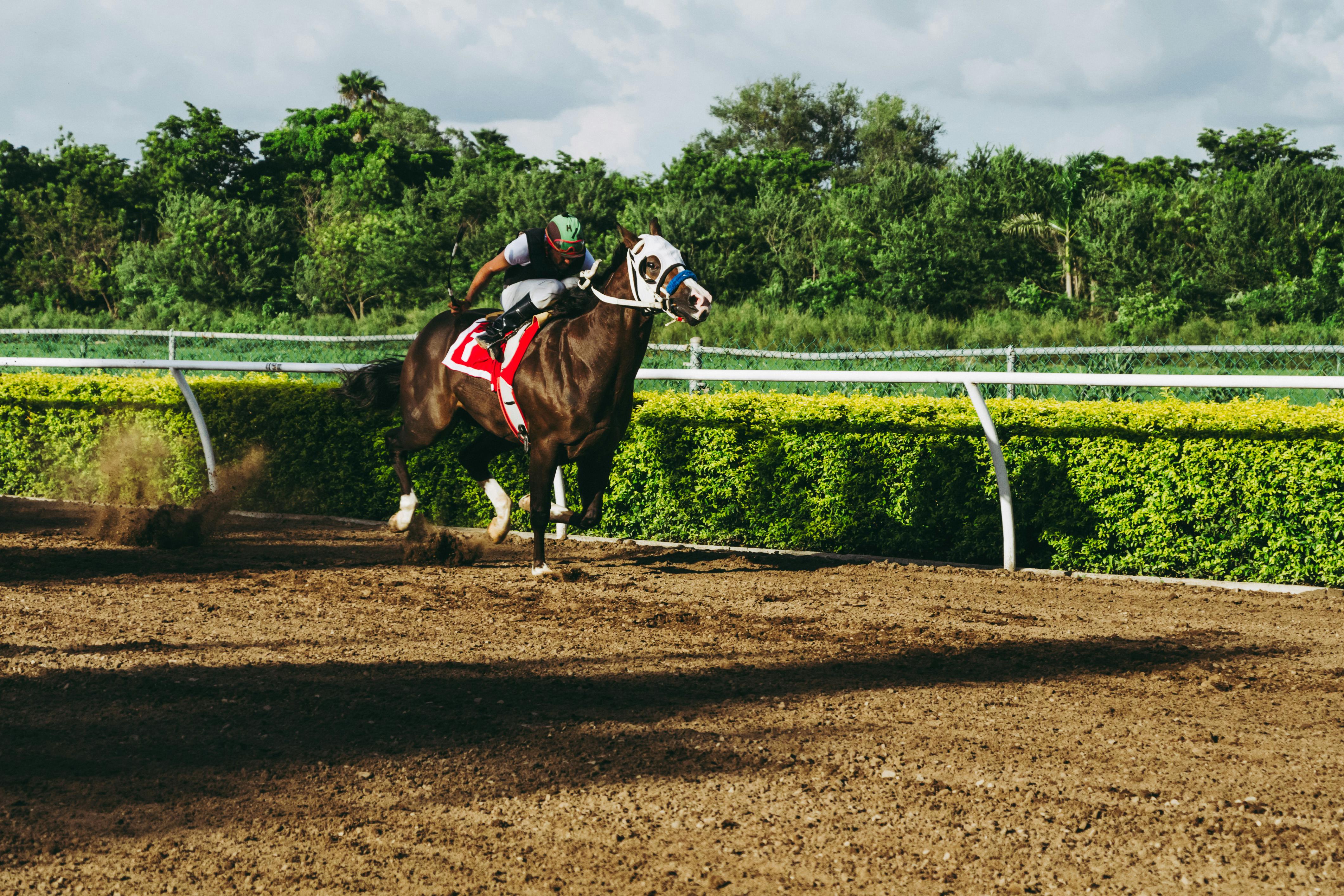Get Ready to Place Your Bets: A Guide to Horse Racing Basics

Fortunately, this article will facilitate you in learning the fundamentals of horse racing. You must also leverage resources like RebelBetting, which provides sports betting tools that give you the power to transform sports betting into an investment opportunity. Moreover, using such technologies and tools will help you increase your odds of achieving a significant profit over the long haul.
Without further ado, let's dive into the world of horse racing!
Introduction to Horse Racing: Understanding the Different Bets
The first aspect of horse racing to grasp is how bets are positioned. Most races offer multiple betting options ranging from win or place bets on individual horses. This includes:
- Exactas (determining two horses to finish in the top two positions).
- Trifectas (choosing three horses to lead the first three positions).
- Quinellas (selecting two horses to occupy the first and second spot but in either order).
- Superfectas (identifying four horses for the top four spots).
Moreover, there are also daily double wagers that require identifying the winners of two separate races.
Once you've decided on a horse, look at the odds for that horse to see how much funds you'll win if your bet wins. Ultimately, remember to check any special offers or promotions, as they could dramatically increase your rewards!
Exploring the Different Types of Races
One of the essential factors to keep in mind while betting is that there are multiple kinds of races, each with its own rules and regulations. The most common race category is the flat race, in which horses run a fixed distance on a level course. Additionally, there are hurdle races, steeplechases, point-to-point races, and harness races.
In hurdle races, horses jump over obstacles like fences and hedges. In contrast, steeplechases feature horses racing over obstacles while jumping.
Point-to-point races are staged on cross-country courses and feature horses racing without obstacles from one point to another.
In harness racing, horses pull two-wheeled carts known as sulkies, steered by riders standing behind them.
Before joining a competition, it is crucial to grasp the variations between the races, as each demands a unique cluster of skills from the horse and rider.
Know Your Horses: Tips for Identifying Quality Racers
When it involves determining quality racehorses, there are a few critical factors to consider. Look at the horse's pedigree first and foremost. A decent pedigree indicates that the horse was bred from sturdy racing stock, which is a significant consideration when assessing its track potential.
Take note of the horse's conformation - its structural framework and proportions. A well-balanced body with fine musculature is required for a winning racehorse.
Keep a note of the horse's temperament as well; a calm demeanour is ideal for racing because it demonstrates that the animal can effectively manage pressure and anxiety without becoming aggravated or distracted.
Finally, pay attention to how the horse moves; smooth strides brimming with power and agility are ideal. All of these factors will assist you in determining whether or not a racehorse possesses the qualities it takes to succeed on the track.
.
